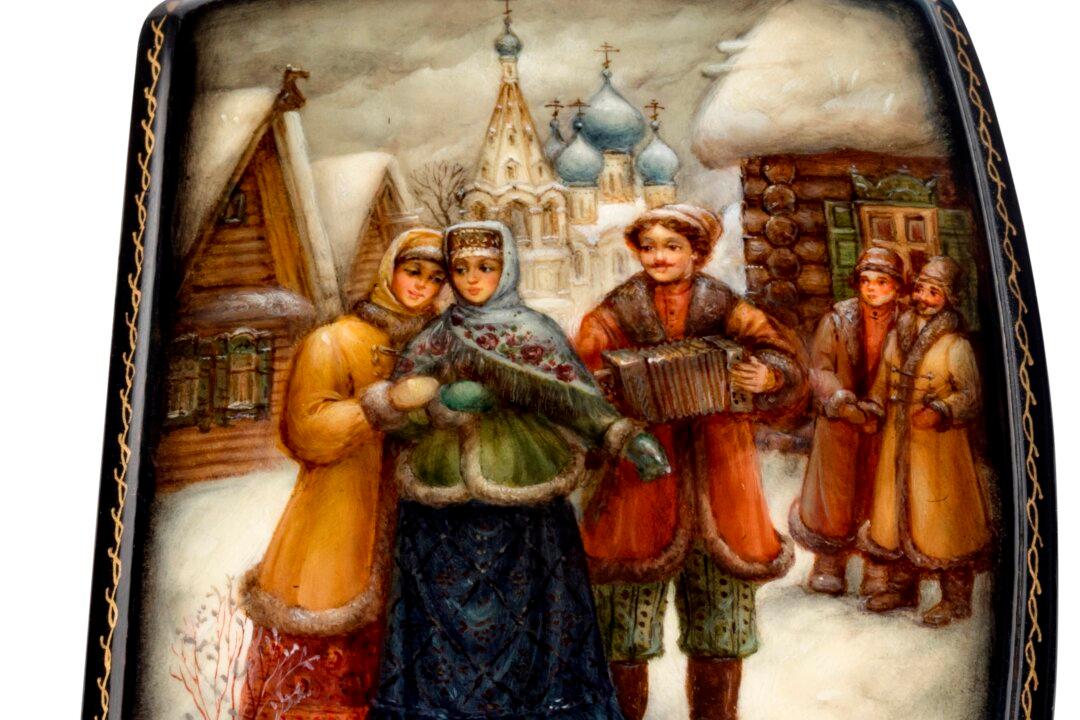There are usually two times a year when I introspect deeply: the New Year and my birthday. Since I’m a Cancer in the Western zodiac, with my birthday falling between June 21 and July 23, it’s almost time for my second round of contemplative growth. While I don’t follow daily or annual horoscopes, I do find the personality traits associated with particular Western zodiac signs to be highly accurate. Recently, I’ve wondered about the characteristics of the Chinese zodiac, a cosmic system I know nothing about, outside of vague glances over paper placemats at Chinese restaurants.
As art and historical artifacts often have deeper, more tangible, impacts on me, I visited The Metropolitan Museum’s exhibition “Celebrating the Year of the Pig” to better understand the Chinese zodiac and to glean any wisdom about how to make this a fruitful year.





